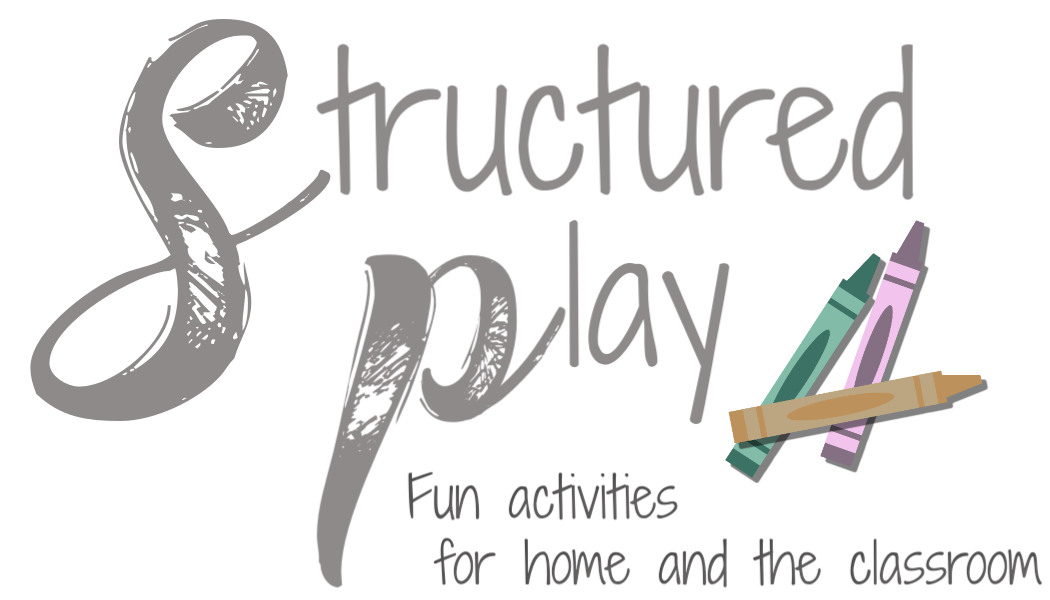Today we read Eric Carle's The Tiny Seed. This is a sweet story that takes you through the life cycle of a seed.
I cut out pieces of construction paper to create a replicate of the flower on the cover. I placed all the pieces in front of Jake after the story and told him to use glue to create a flower with the pieces in front of him. I wanted to see how much he was capable on his own. Sometimes we limit our children by thinking they are not ready for what they really are ready for!
I cut out pieces of construction paper to create a replicate of the flower on the cover. I placed all the pieces in front of Jake after the story and told him to use glue to create a flower with the pieces in front of him. I wanted to see how much he was capable on his own. Sometimes we limit our children by thinking they are not ready for what they really are ready for!
I left the book in front of him as well. He took off right away and was able to pick up the pieces and know what part of the plant they were to be as he glued them down. He even said the name of the parts of the plant as he glued them down.
He did a great job, to my surprise! I did not help at all. I sat and talked with him while he went to work! He talked about the picture in the book and the other items in the picture. He told me he needed to have grass so I told him he could draw grass with a crayon. To my amazement he colored grass, the dog and house from the picture in the book.
After he finished the picture I asked him to tell me the parts of the flower so I could write them on the paper. While I wrote each word I emphasized the first letter to help him identify letter/word recognition. ie: S for Stem, stem.
I love his picture! I feel he did a great job exceeding my expectations for a 2 year old! It is important to remember to stretch them and give them freedom to soar!






Comments
Post a Comment